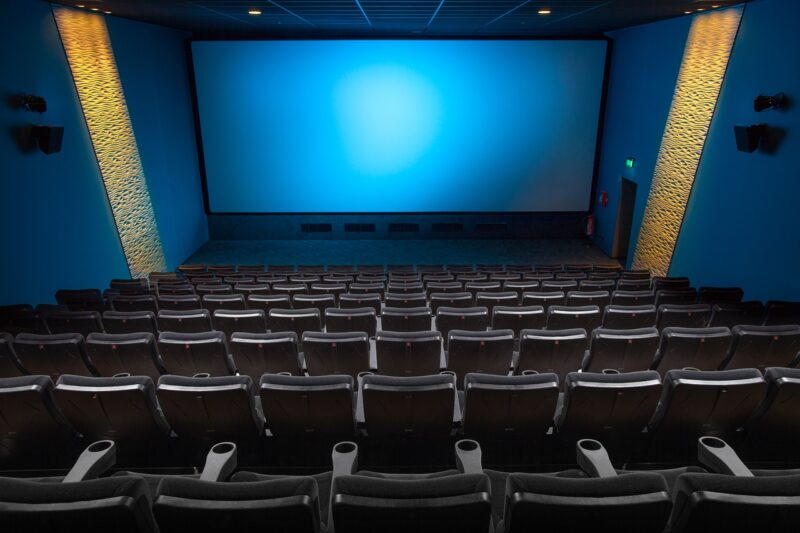The Impact of Streaming Services on Traditional Movie Theaters
November 15, 2024

The rise of streaming services has revolutionized the way we consume media, drastically altering the landscape of the entertainment industry. With platforms like Netflix, Amazon Prime, Disney+, and Hulu providing a vast array of content at our fingertips, traditional movie theaters face unprecedented challenges. This article delves into the ways streaming services are impacting traditional theaters, the evolving behavior of audiences, and what the future may hold for both innovations in the film industry and the survival of movie houses.
1. The Growth of Streaming Services
Streaming services have witnessed exponential growth over the past decade. According to a report by Statista, the global subscription video on demand (SVOD) market size is expected to reach over $70 billion by 2028. This growth is driven by factors such as the convenience of at-home viewing, an expansive library of content, and competitive pricing.
– **Convenience and Accessibility**: Consumers can watch their favorite movies and shows anytime, anywhere, which is a significant draw. Recent studies reveal that approximately 80% of U.S. households have at least one subscription to a streaming service.
– **Cost Effectiveness**: The cost of a monthly streaming subscription often amounts to less than the price of a single movie ticket, making it economical, especially for families.
– **Original Content**: Streaming platforms are investing heavily in original content, producing high-quality films and series that attract subscribers. For example, Netflix has produced award-winning films like “Roma” and “The Irishman.”
As a result, audiences find themselves spoiled for choice, often opting for the comfort of home over the communal experience of going to the movies.
2. The Evolving Audience Experience
The experience of watching films has evolved due to the influence of streaming services. Here’s how consumer behavior is changing:
– **Viewing Preferences**: Many viewers now prefer binge-watching series, leading them to favor platforms that release entire seasons at once. Traditional theaters, focused on individual screenings, do not cater to this trend.
– **Virtual Social Interaction**: The rise of watch parties on platforms like Kast and Teleparty has allowed friends and family to enjoy films together distantly, further eroding the traditional theater’s unique selling proposition—shared experiences.
– **Decreased Loyalty to Theaters**: With films being released on streaming platforms simultaneously or shortly after their theater debuts, loyalty to traditional theaters is waning. This dual-release strategy, adopted notably by Warner Bros., shifts attention from theaters to home environments.
3. Financial Implications for Movie Theaters
The financial implications of the rise of streaming services are vast and troubling for traditional movie theaters:
– **Decreasing Revenues**: Box office receipts have seen a downturn in recent years. According to the Motion Picture Association, the global box office dropped from $42.5 billion in 2019 to just over $12 billion in 2020.
– **Adaptation Costs**: To compete with the allure of convenience, theaters are investing hefty sums to enhance the cinema experience. This includes luxury seating, improved technology like IMAX and 4DX, and gourmet food selections. However, these adaptations may not be sustainable in a dwindling market.
– **Increased Competition**: Independent theaters face severe competition from major chains that bundle their offerings with streaming services, which leads to an even lower likelihood of profitability for smaller venues.
4. Innovations and Adaptations in Theaters
Despite difficult circumstances, many theaters are innovating to survive:
– **Hybrid Models**: Some theaters are adapting by introducing their own streaming options, allowing audiences to rent films through their platforms while also providing a cinema experience.
– **Experiential Engagement**: Unique marketing and events, like themed movie nights, live performances, and interactive screenings, aim to enhance the traditional theater experience.
– **Focus on Blockbusters**: Theaters are now placing a stronger emphasis on blockbuster films that guarantee high viewership, possibly sacrificing indie films that have traditionally defined the cinema experience.
5. The Future of Movie Viewing
The future of movie viewing hinges on several factors:
– **Integration of Technology**: As technology continues to evolve, theaters may create more immersive experiences that cannot be replicated at home, incorporating augmented reality (AR) and virtual reality (VR) elements.
– **Release Strategies**: The future release strategies of films (synchronized theatrical and digital releases) will be crucial in determining how audiences choose to consume films moving forward.
– **Cultural Shifts**: As societal norms shift and more audiences become accustomed to at-home viewing, traditional theaters may need to rethink how they connect with their communities.
Conclusion
The impact of streaming services on traditional movie theaters is profound, underscoring a critical transition in the entertainment landscape. While theaters must adapt to remain relevant, audiences have more choices than ever before. In this rapidly changing environment, the survival of traditional theaters may depend on their ability to innovate and offer unique experiences that cannot be replicated at home. As the convergence of streaming platforms and cinemas continues to unfold, the key to success lies in embracing change while retaining the communal experience that cinema has cherished for decades.






